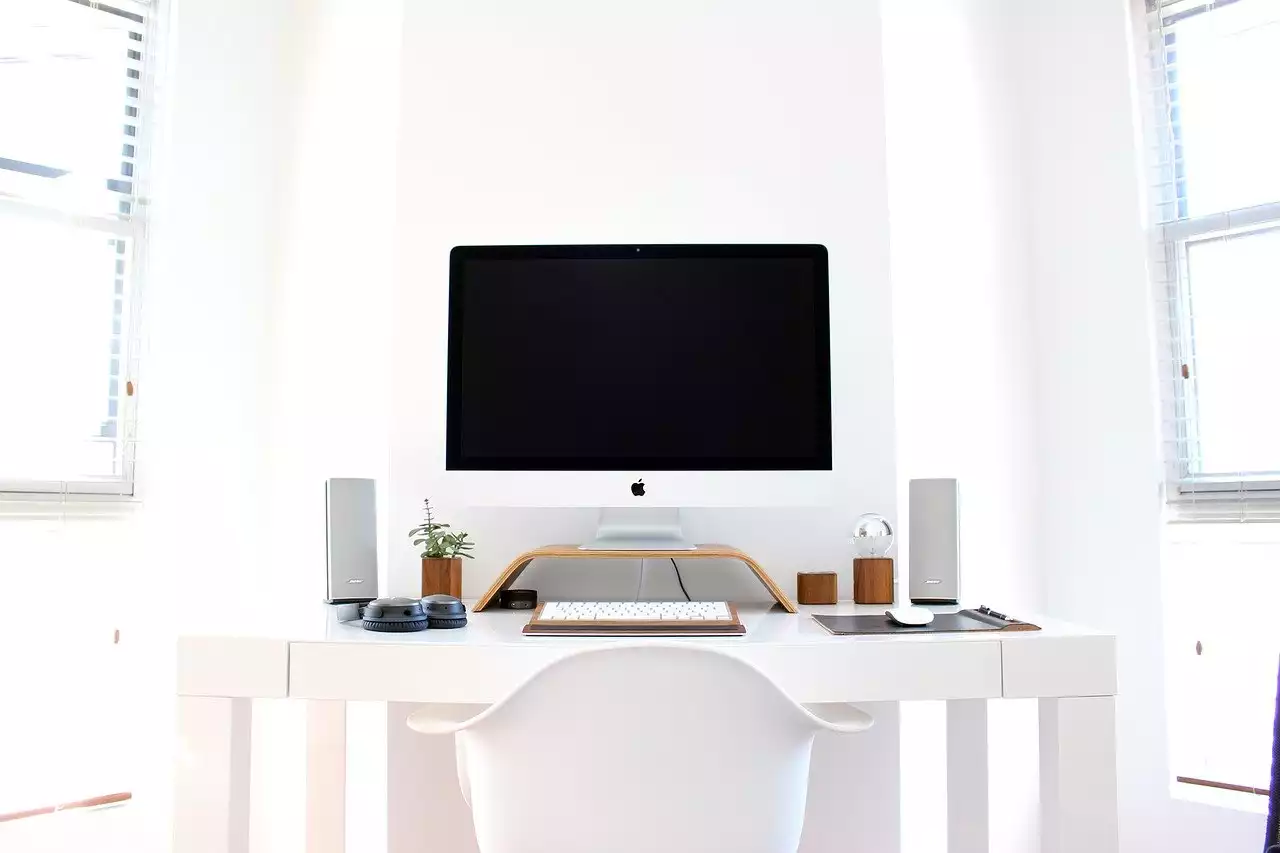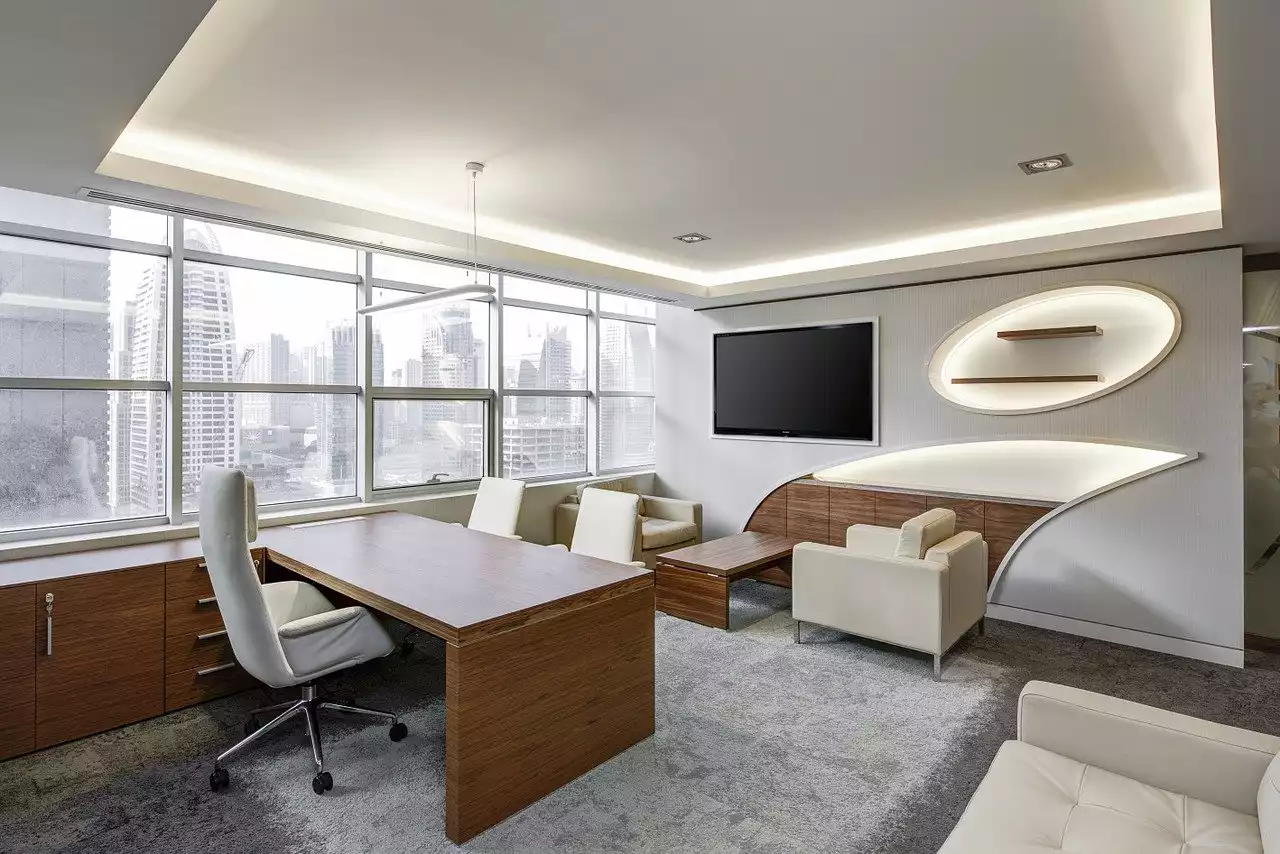Importance of Setting Up a Home Office
Working from home can be a great opportunity, but it can also be a challenge. When you work from home, you're in a familiar environment, which can lead to distractions and lack of productivity. Setting up a home office can help you create a dedicated workspace that separates your professional life from your personal life. It can also help you stay focused, organized, and productive.
A home office is not just a place to work; it's also a place to be creative, learn, and grow. It's a space that should inspire you, motivate you, and help you achieve your goals. Whether you're a freelancer, a remote worker, or a student, having a dedicated workspace can make a big difference in your daily routine. In the following sections, we'll discuss the 10 essential items that you need to create a functional and organized home office.
Essential Item 1: Desk
A desk is the centerpiece of your home office. It's where you'll spend most of your time working, so it's important to choose a desk that suits your needs. A good desk should be spacious, sturdy, and comfortable. When choosing a desk, consider the size of your workspace, the type of work you'll be doing, and your personal preferences.
There are several types of desks to choose from, such as standing desks, L-shaped desks, corner desks, and more. Standing desks are a great option for people who want to improve their posture and reduce the risk of back pain. L-shaped and corner desks are ideal for people who need more space to work on multiple projects simultaneously. Whatever type of desk you choose, make sure it's the right size for your workspace and has enough storage to keep your essentials within reach.
Essential Item 2: Chair
A chair is another essential item for your home office setup. When you work from home, you'll be spending a lot of time sitting, so it's important to choose a chair that's comfortable and supportive. A good chair should have adjustable height, armrests, and lumbar support. It should also be made of high-quality materials that can withstand daily use.
There are many different types of chairs to choose from, such as ergonomic chairs, task chairs, and executive chairs. Ergonomic chairs are designed to support your back, neck, and shoulders, reducing the risk of strain or injury. Task chairs are ideal for people who work on a computer for long periods of time. Executive chairs are larger and more comfortable, but they can be more expensive. Whatever type of chair you choose, make sure it's comfortable and supportive enough to keep you focused and productive.
desk setup ergonomics🧘🏻♀️ | standing desk, ergonomic chair, tech, posture
Essential Item 3: Computer or Laptop
A computer or laptop is a must-have item for any home office. It's your primary tool for work, communication, and organization. When choosing a computer or laptop, consider the type of work you'll be doing and your personal preferences. A desktop computer is ideal for people who need a powerful workstation for video editing, graphic design, or other resource-intensive tasks. A laptop is more portable and convenient, making it a great option for people who work on the go.
When choosing a computer or laptop, consider the specifications, such as the processor, RAM, storage, and graphics card. These specifications will determine the speed and performance of your computer. If you're not sure what to choose, do some research and read reviews to find the best option for your needs.
Essential Item 4: High-Speed Internet Connection
A high-speed internet connection is essential for any home office. It's your connection to the world, allowing you to communicate, collaborate, and work efficiently. When choosing an internet provider, consider the speed, reliability, and cost. A high-speed internet connection will ensure that you can upload and download files quickly, stream videos, and participate in online meetings without interruptions.
Essential Item 5: Lighting
Lighting is an often overlooked but essential item for your home office setup. Good lighting can improve your mood, reduce eye strain, and increase productivity. When setting up your home office, make sure to choose a space with plenty of natural light. If natural light is not available, consider using artificial lighting, such as desk lamps or overhead lights.
When choosing lighting, consider the color temperature, brightness, and placement. Natural light has a cool color temperature that can help you stay focused and alert. Warm light is more relaxing and can help you wind down after a long day. Choose a brightness level that's comfortable for you, and make sure to position your lights so that they don't create glare or shadows on your workspace.
Essential Item 6: Storage Solutions
Storage solutions are essential for keeping your home office organized and clutter-free. When setting up your home office, consider the type of storage you need. Do you need a filing cabinet for paperwork? Do you need shelves for books and supplies? Do you need drawers for office supplies?
There are many types of storage solutions to choose from, such as bookcases, filing cabinets, and storage boxes. Make sure to choose storage solutions that are functional and aesthetic, and that fit your workspace. When organizing your storage, make sure to label everything and keep similar items together for easy access.
Essential Item 7: Printer/Scanner
A printer/scanner is an essential item for any home office. It allows you to print, scan, and copy documents, invoices, and other materials. When choosing a printer/scanner, consider the type of work you'll be doing and your personal preferences. Inkjet printers are more affordable but can be slower and less efficient. Laser printers are faster and more efficient but can be more expensive.
When choosing a printer/scanner, consider the features, such as wireless connectivity, double-sided printing, and automatic document feeders. These features can help you save time and improve your workflow.
Essential Item 8: Headset or Speakerphone
A headset or speakerphone is an essential item for any home office. It allows you to participate in online meetings, conference calls, and webinars without distractions. When choosing a headset or speakerphone, consider the type of work you'll be doing and your personal preferences. A headset is more private and can help you focus on the conversation. A speakerphone is more convenient and can be used for group calls.
When choosing a headset or speakerphone, consider the sound quality, comfort, and compatibility with your computer or laptop. Make sure to choose a headset or speakerphone that's comfortable enough to wear for long periods of time.
Essential Item 9: Webcam
A webcam is an essential item for any home office. It allows you to participate in online meetings, conference calls, and webinars with video. When choosing a webcam, consider the quality of the video, the compatibility with your computer or laptop, and the ease of use. Make sure to choose a webcam that's easy to set up and use, and that provides good quality video.
Essential Item 10: Ergonomic Accessories
Ergonomic accessories are essential for keeping your home office comfortable and healthy. Ergonomic accessories can help you improve your posture, reduce the risk of injury, and increase productivity. Some examples of ergonomic accessories are wrist rests, footrests, and monitor stands.
When choosing ergonomic accessories, consider the type of work you'll be doing and your personal preferences. A wrist rest can help you reduce the risk of carpal tunnel syndrome. A footrest can help you improve your posture and reduce the risk of back pain. A monitor stand can help you position your monitor at the right height to reduce eye strain.











